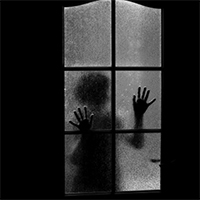Public utility or places of experiment? The reality of the asylum

All claims expressed in this article are solely those of the authors and do not necessarily represent those of their affiliated organizations, or those of the publisher, the editors and the reviewers. Any product that may be evaluated in this article or claim that may be made by its manufacturer is not guaranteed or endorsed by the publisher.
The intention of this paper is to provide the most thorough overview of what concerns the reality of the asylum, through different types of analysis, in order to outline a detailed historical, political, health and cultural picture of the phenomenon. The historical and socio-psychological analysis in the paper traces the stages of the stigma of the "insane" (since antiquity, in fact, insanity and diversity have been two of the most unknown and frequent problems in the history of mankind) from the Middle Ages to the present day, a very long period of time in which there have been more and more interpretations on the subject; suffice it to say that now we speak of "mental illness", while years ago the mentally ill person was referred to by most as "crazy", a victim of insanity, an incurable disease. Following the analysis is carried out from a social and political point of view with a focus on the darkest and hidden aspects of asylums "Goffmanian" defined as "total institutions". In this sense, the work will focus on the various controversies and protests that have taken place over the years, and on the consequent laws taken on the subject, up to the Basaglia Law of 1978. It will also examine the internal organization of asylums, their structure bare and free of disturbing elements for patients, the training practices of staff, without of course neglecting the condition, the day type of patients and especially the "special treatments" reserved for patients. The flagship of this work is an interview with a former nurse from the largest asylum in Italy, the Mombello asylum, which aims to collect a testimony as it can be direct, engaging and above all not devoid of empirical references.


 https://doi.org/10.4081/psyco.2020.550
https://doi.org/10.4081/psyco.2020.550



